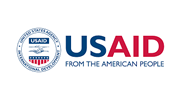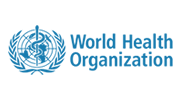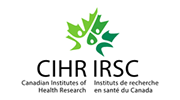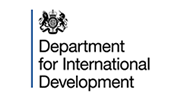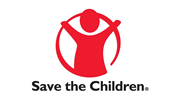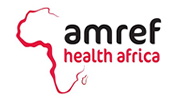Abstract
Schistosomiasis, a disease caused by Schistosoma trematode parasites, affects hundreds of millions ofpeople and accounts for more than 40% of the global health burden due to neglected tropical diseases. InUganda, intestinal schistosomiasis is endemic in 73 out of 112 districts and about 55% of the population of36 million individuals are at risk. There is scanty information on the status and burden of schistosomiasisin preschool children less than six years of age in Uganda. This study aimed to assess the status of Schis-tosoma mansoni infections in children aged 1–5 years in Uganda. S. mansoni prevalence and intensity ofinfection were examined in 3058 children from 5 districts along Lake Victoria shoreline, eastern Uganda.For each child one stool sample was collected on three consecutive days. The Kato–Katz technique wasused to prepare stool smears on slides for microscopic examination. Short interviews with a standardizedpre-tested questionnaire prepared in the local language (Lusoga) were administered to each caregiver toidentify risk factors associated with S. mansoni infection. An overall S. mansoni prevalence of 39.3% (95%CI: 38.0–41.1%) was estimated out of the 3058 stool samples examined. The geometric mean intensity ofS. mansoni among the infected children was 273 (95% CI: 241–305) eggs per gram of faeces. Both preva-lence and intensity of infection increased linearly with age (P < 0.0001) and were highest in the age group49–60 months. Majority (61%) of the children, especially in the age group 12–24 months (84.2%; 95%CI: 75.6–90.1%), were lightly infected. Short interviews with caregivers revealed that preschool children,1–5 years old, get exposed to S. mansoni infested waters through bathing, playing or swimming. It isimportant that the Uganda national control programme for schistosomiasis takes preschool children intoconsideration and that health education on transmission of schistosomiasis is delivered to the endemiccommunities regularly.
Search
Nalugwaa,∗, A. Olsenb, M.E. Tukahebwac, F. Nuwahad
Nalugwa et al prevalence_0.pdf
(669.97 KB)
Botton Last Menu
Copyright © 2025 | CHDC. All rights reserved
